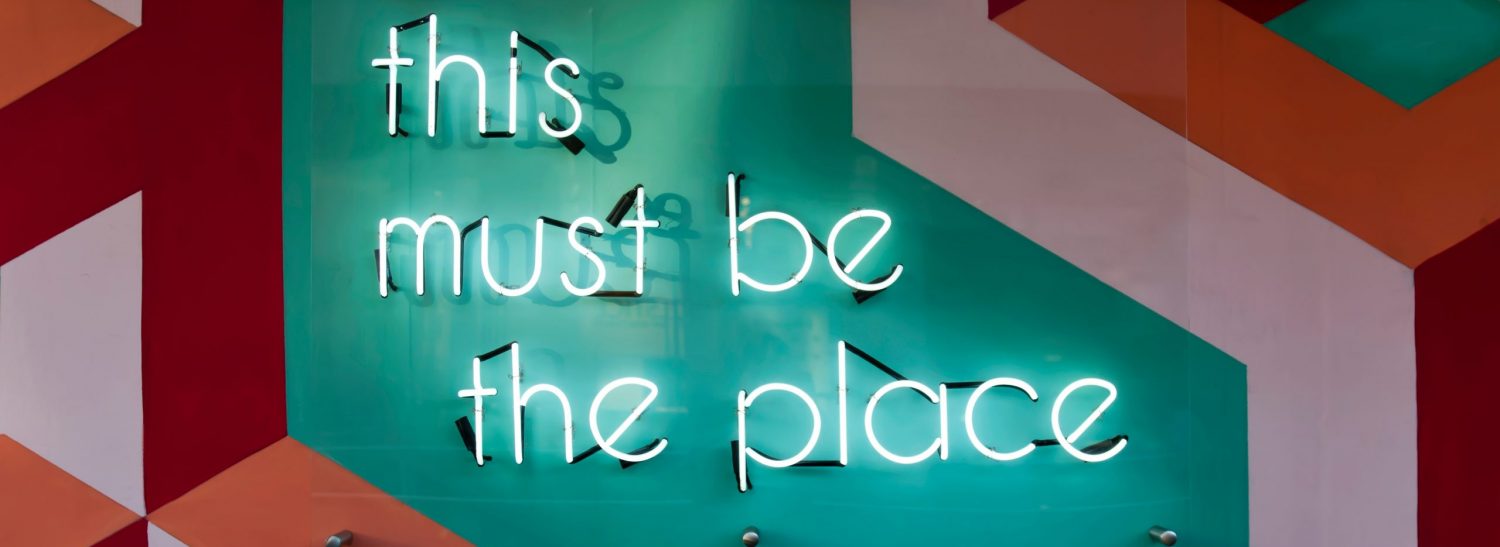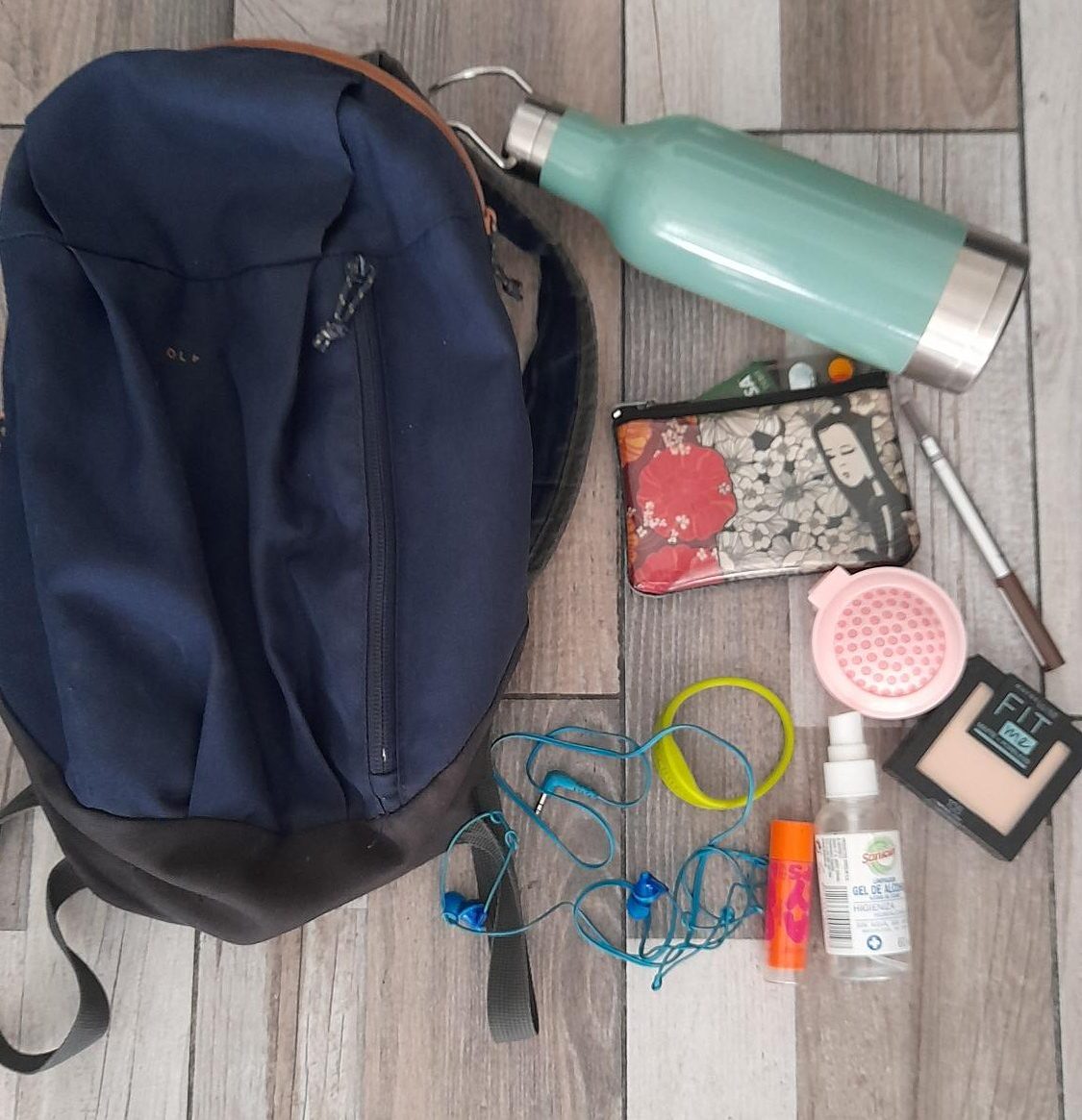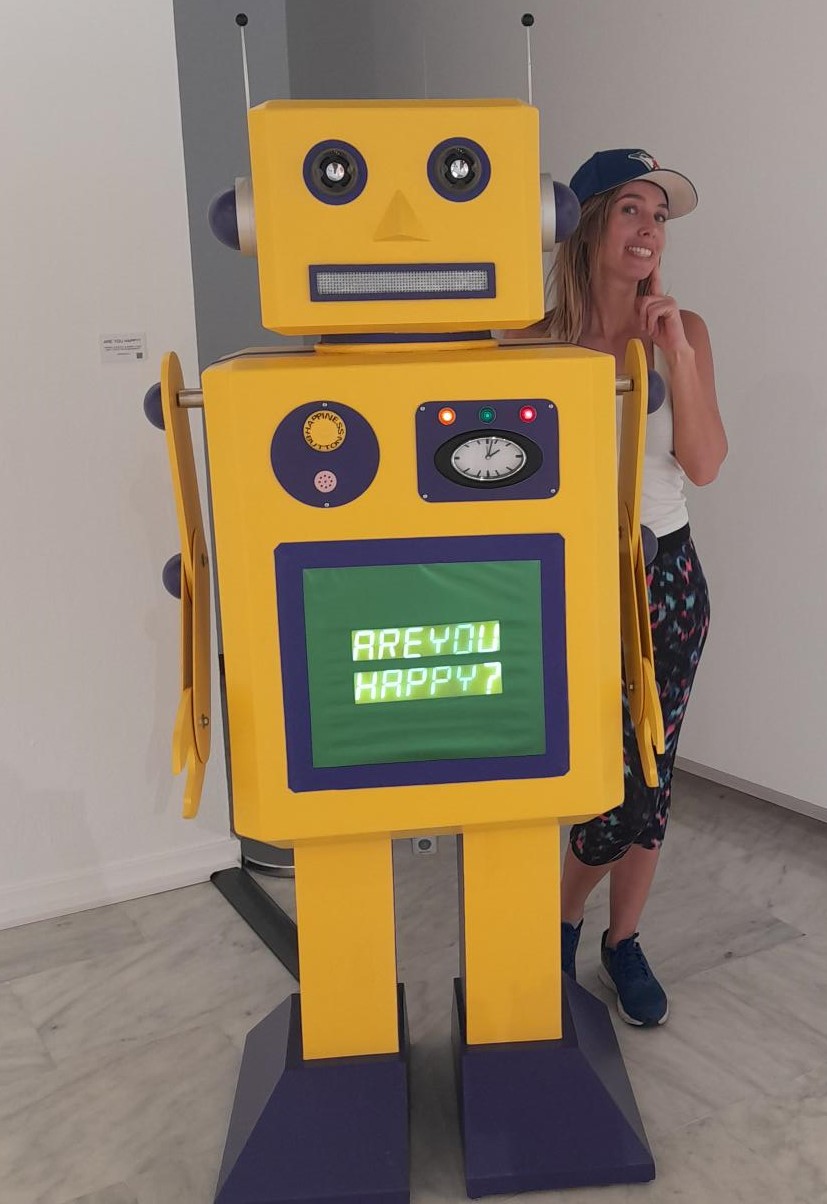Task 12: Speculative futures
Please wait 1-2 minutes for the videos to load. After you have watched them, the rationales behind the two very different distant future scenarios are explained below. Please be advised some images may be found offensive and/or provoking.
Rationale
Speculative design is described by Dunne and Raby (2013) as “…to use design as a means of speculating how things could be—”(p. 2) This was the basis of this week’s task to create our visions of what a utopian and dystopian vision for the future of education, technology, media and text could be. Dunne and Raby (2013) discuss the purpose of speculative futures is, “the idea of possible futures and using them as tools to better understand the present and to discuss the kind of future people want, and, of course, ones people do not want”(pp. 2-3).
Dunne and Raby (2013) mention that speculative design should involve critical thinking, “Designers start by identifying shortcomings in the thing they are redesigning and offer a better version” (p. 35). This is exactly what I used to help identify the problems in current technology, its use and the potential effects on the future. For example, in the utopian video I draw attention to some of the technologies that currently exist but are being underused which, with further acknowledgment and training in their use can benefit the people who need them such as: assistive technologies, satellite internet in remote communities and affordable devices (tablets, mobiles) for those with lower socioeconomic status. In the dystopian video for example, I point out the importance of including the teaching of soft skills in future curriculums and education as these skills will be needed for future employment opportunities because technology does not possess them. A lot of the ideas of how technology, specifically AI, can help us in the future such as virtual personal assistants, improving diagnoses and overall health through analysing data were borrowed from the Vallor (2018) video, Lessons from the AI Mirror. Vallor (2018) mentions how we can use the AI mirror, “to construct a better world.” This notion was a further inspiration behind both the utopian and dystopian videos created for this task.
Dunne and Raby (2013) explain how critical thought is integrated into the material design and by doing so, “It is an expression or manifestation of our skeptical fascination with technology, a way of unpicking the different hopes, fears, promises, delusions, and nightmares of technological development and change” (p. 35). I hoped to achieve just that with the presentations displaying hopes by giving examples of how companies could use the data collected on people to improve lives by helping design programs to discover our passions, create life plans and connect us more to the people and nature around us as mentioned in the Harris (2017) talk. I also wanted to point out the dark side and fears associated with the other side of the spectrum in the dystopian video which alludes to data collection being used increasingly in social media for mind control, time wasting and manipulating people (especially those with mental illnesses) as described in the Tufekci (2017) video, for example.
“To find inspiration for speculating through design we need to look beyond design to the methodological playgrounds of cinema, literature, science, ethics, politics, and art; to explore,hybridize, borrow, and embrace the many tools available for crafting not only things but also ideas— fictional worlds, cautionary tales, what-if scenarios, thought experiments, counterfactuals, reductio ad absurdum experiments, prefigurative futures, and so on” (Dunne & Raby, 2013, p.3). This was the inspiration for my dystopian video as I had been to an art exhibit by the artist Héctor Hernández Rodríguez in Spain last year that really inspired me as it seemed to convey the fears people may have with technology and the future. I decided to use this as the main visual component of the dystopian video as the powerful visuals could create a cautionary tale invoking fear and anxiety and most importantly thought about peoples’ relationships to technology and its use in the different aspects of our lives.
Dunne and Raby (2013) mention the use of conceptual design as a form of critique of our existing world more specifically how it can be used to, “question, critique, and challenge the way technologies enter our lives and the limitations they place on people through their narrow definition of what it means to be human” (p. 34). This was another part of the discourse that fuelled my design for both the utopian and dystopian future videos. In my utopian video, I focussed on exaggeration in my design to stress how technology is helpful for all purposes and made it seem as though without it we would be far more deprived. I did this throughout the video but ended the video with a strong ode to technology making the world better as a sort of overly exaggerated nod to its benefits whilst blinding myself to its faults. In the dystopian video, I again critiqued the way technology is limiting people such as the way in which education is focussed on repackaging the old-fashioned learning intentions rather than re-defining or innovating it more to fit with 21st century skills needed for the future workforce as well as critiquing how the media influence our decisions and judgements through constant exposure to ideas and fake news, making the assumption that we can no longer decipher the truth or make decisions in its absence.
Both of these videos portray unlikely and extreme scenarios but, the ideas contained within them could be applied to current and future technologies to help improve our society as a whole.
References
Dunne, A. & Raby, F. (2013). Speculative everything: Design, fiction, and social dreaming
[eBook edition]. The MIT Press. https://muse-jhu-edu.eu1.proxy.openathens.net/book/28148/
Freeland, A., & Klangkarussell. (2015). We want your soul [Song].Virgin Records
Harris, T. (2017). How a handful of tech companies control billions of minds every day [Video].
TED Conferences.
https://www.ted.com/talks/tristan_harris_the_manipulative_tricks_tech_companies_use_to_capture_your_
attention?language=en
Hernández, H. (2018). Originales digitales. Héctor Hernández. Retrieved July 28, 2022, from
https://hectorhernan.wixsite.com/originalesdigitales/2
Tufekci, Z. (2017). We’re building a dystopia just to make people click on ads [Video]. TED
Conferences. https://www.ted.com/talks/zeynep_tufekci_we_re_building_a_dystopia_just_to_ma
ke_people_click_on_ads?language=en
Vallor, S. (2018, November 6). Lessons from the AI mirror [Video]. YouTube.
https://www.youtube.com/watch?v=40UbpSoYN4k


